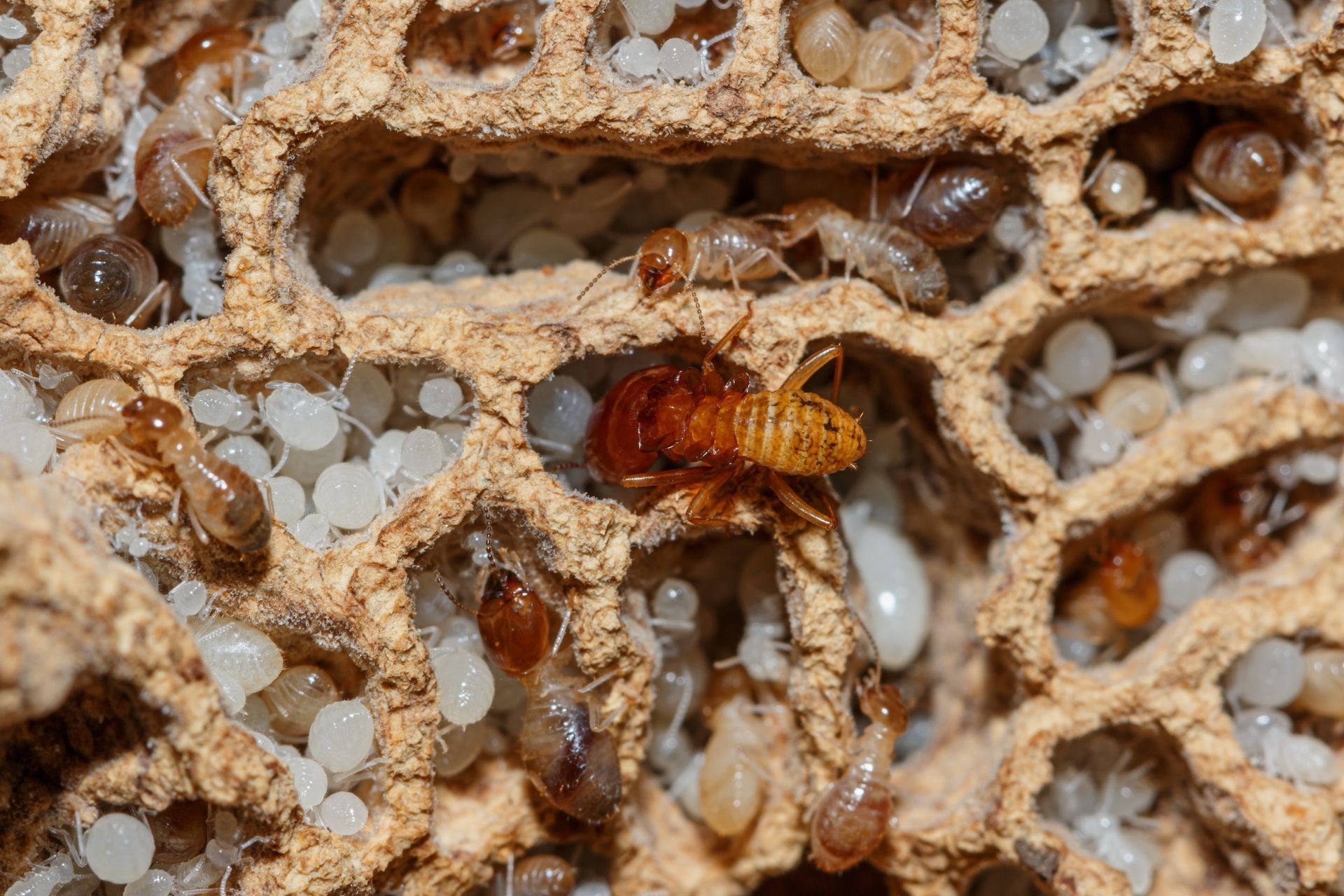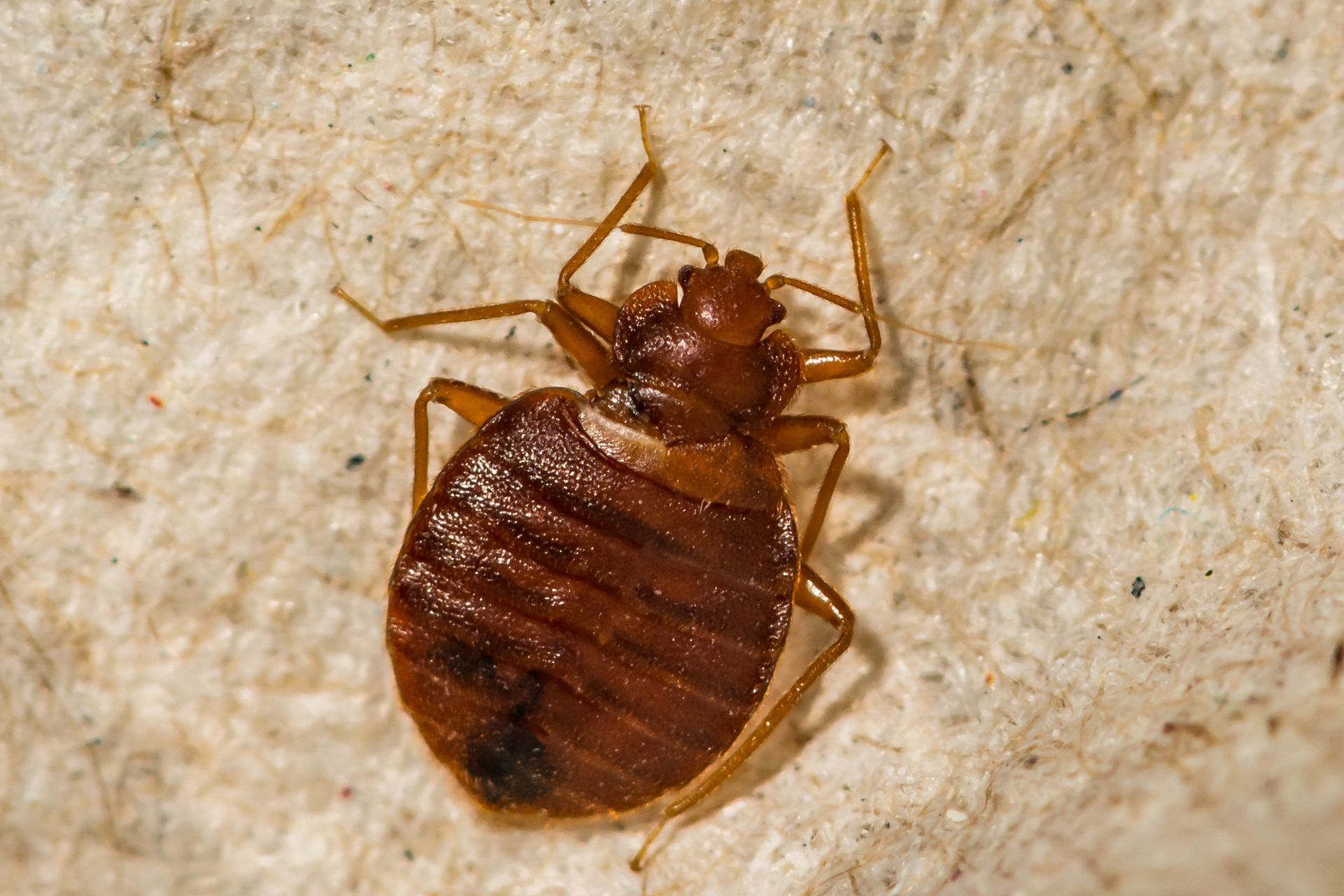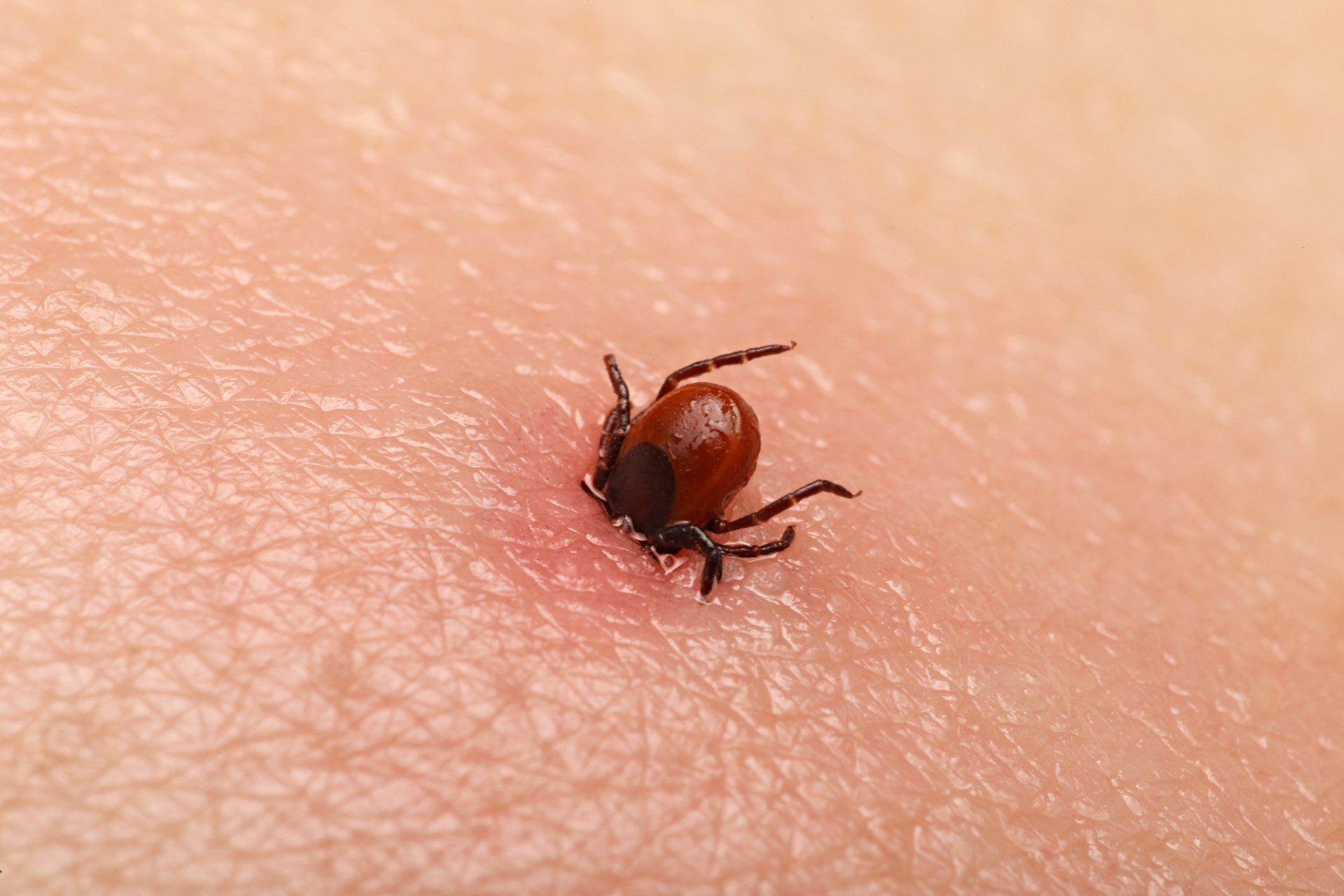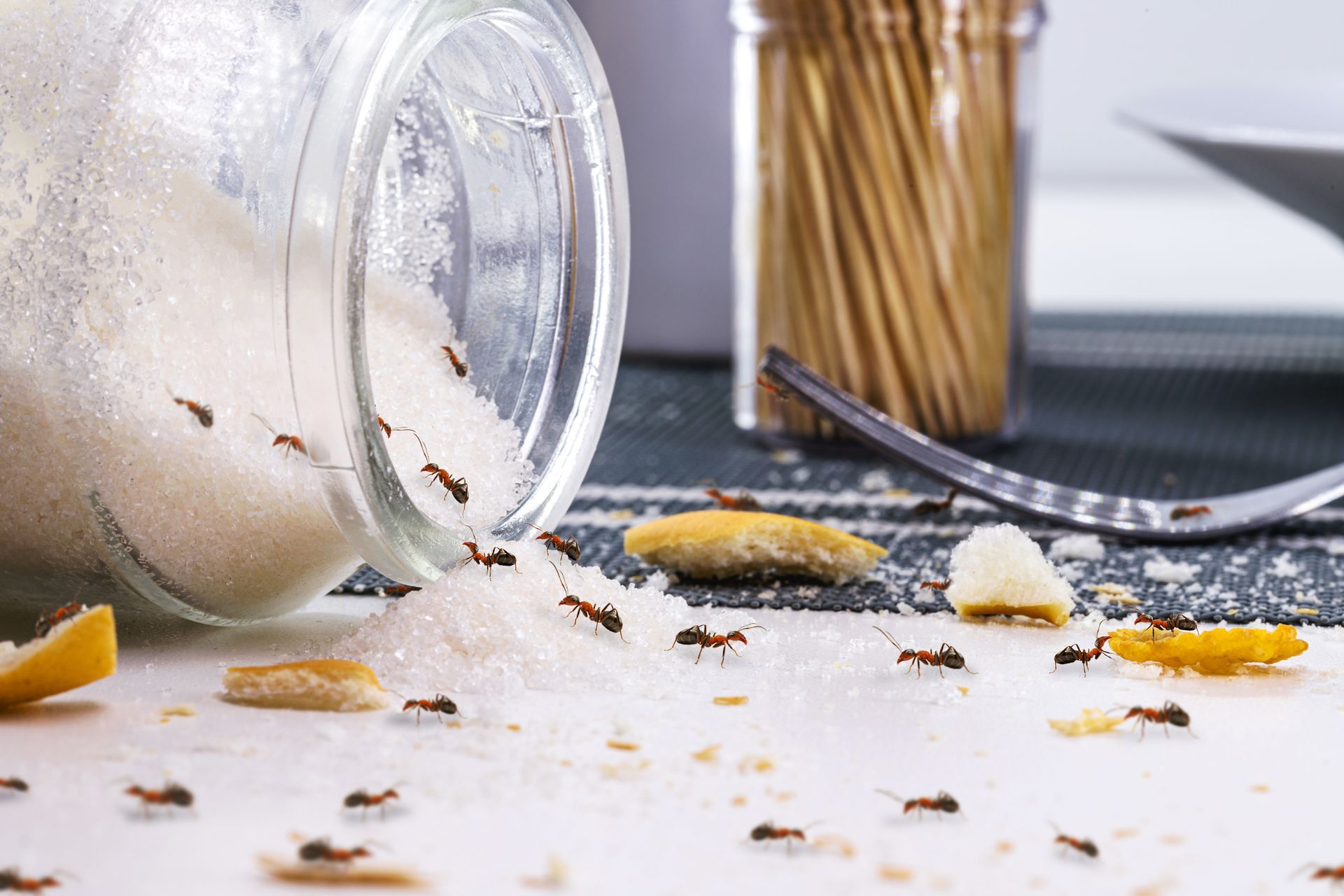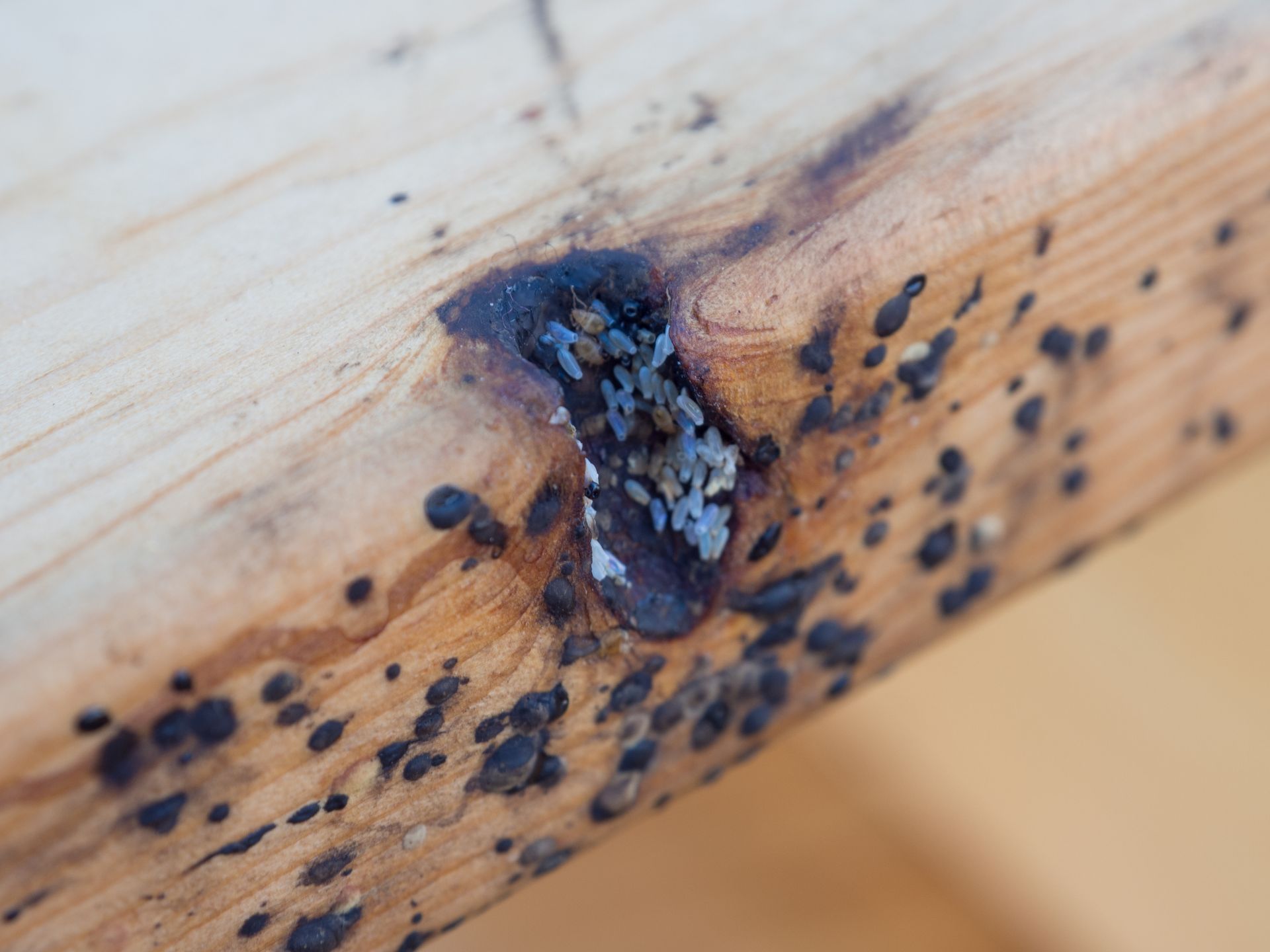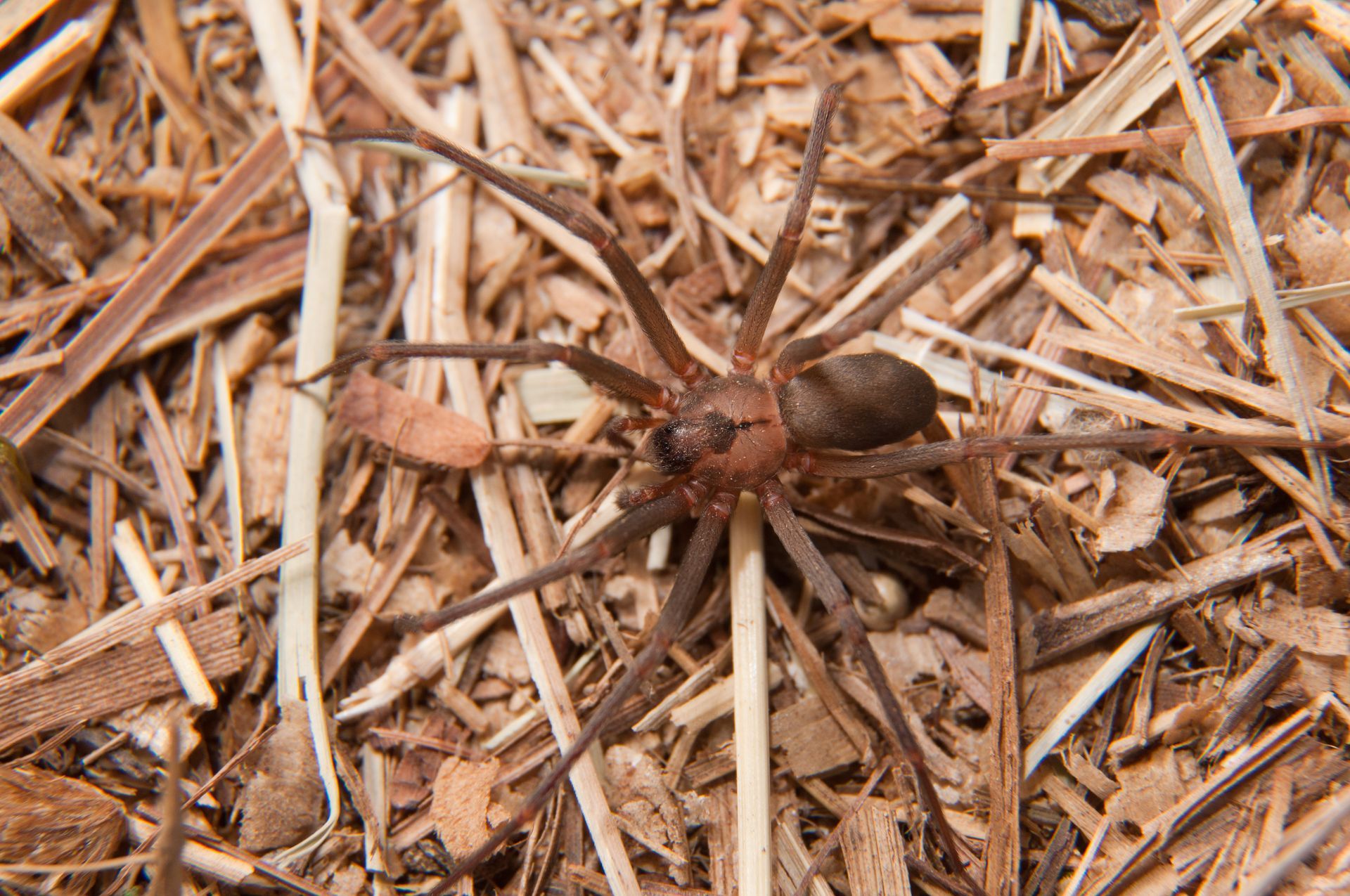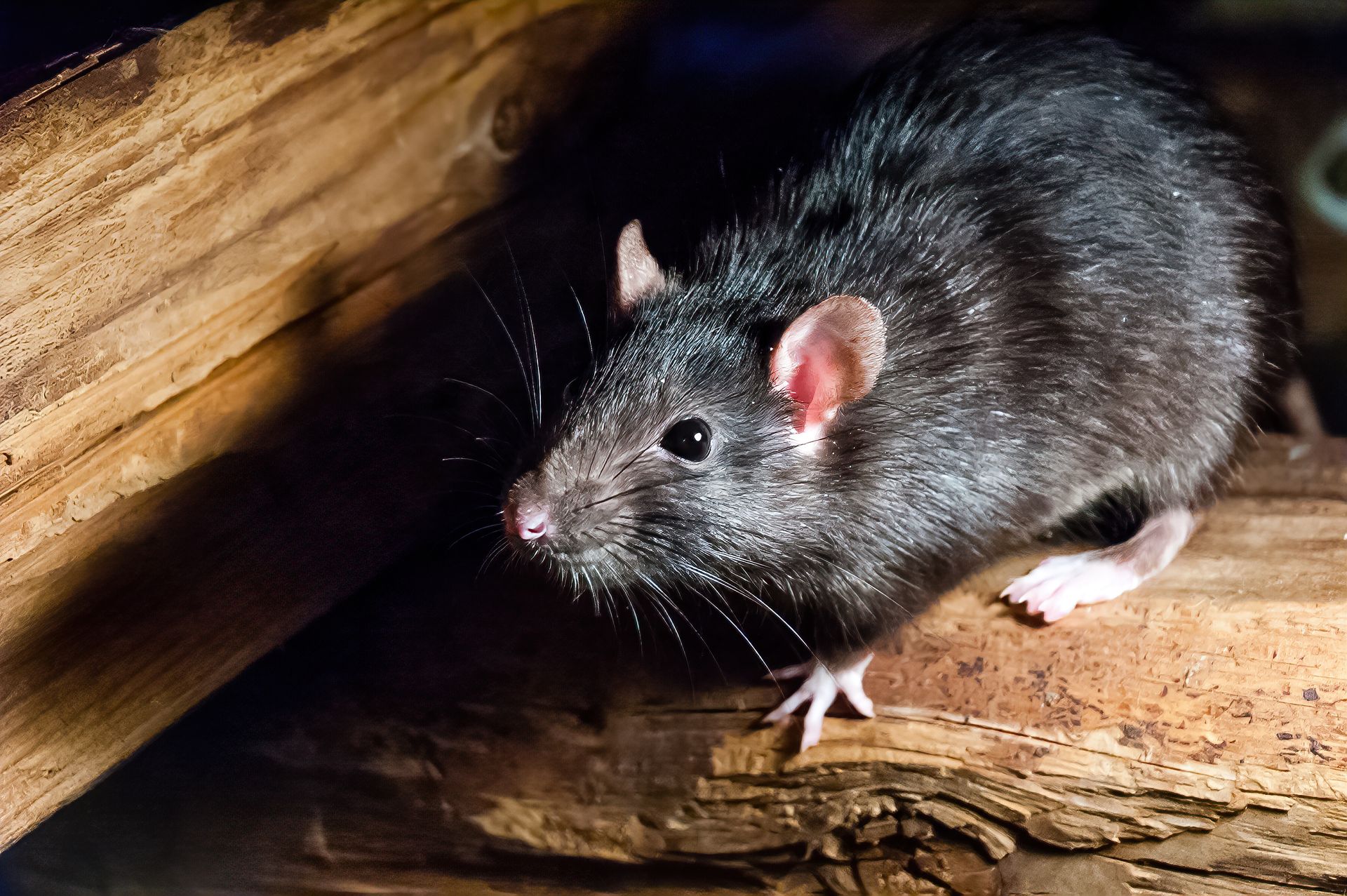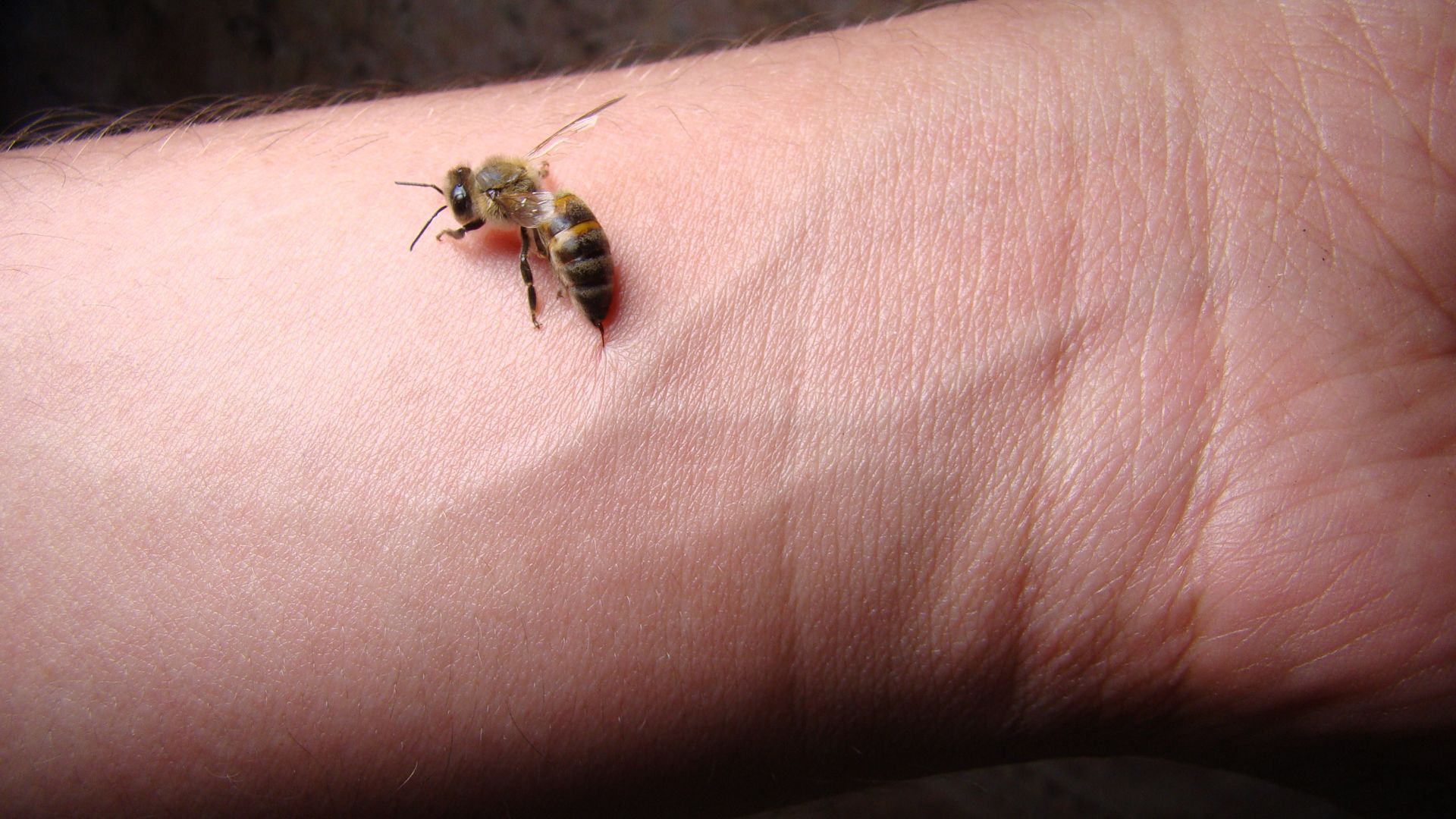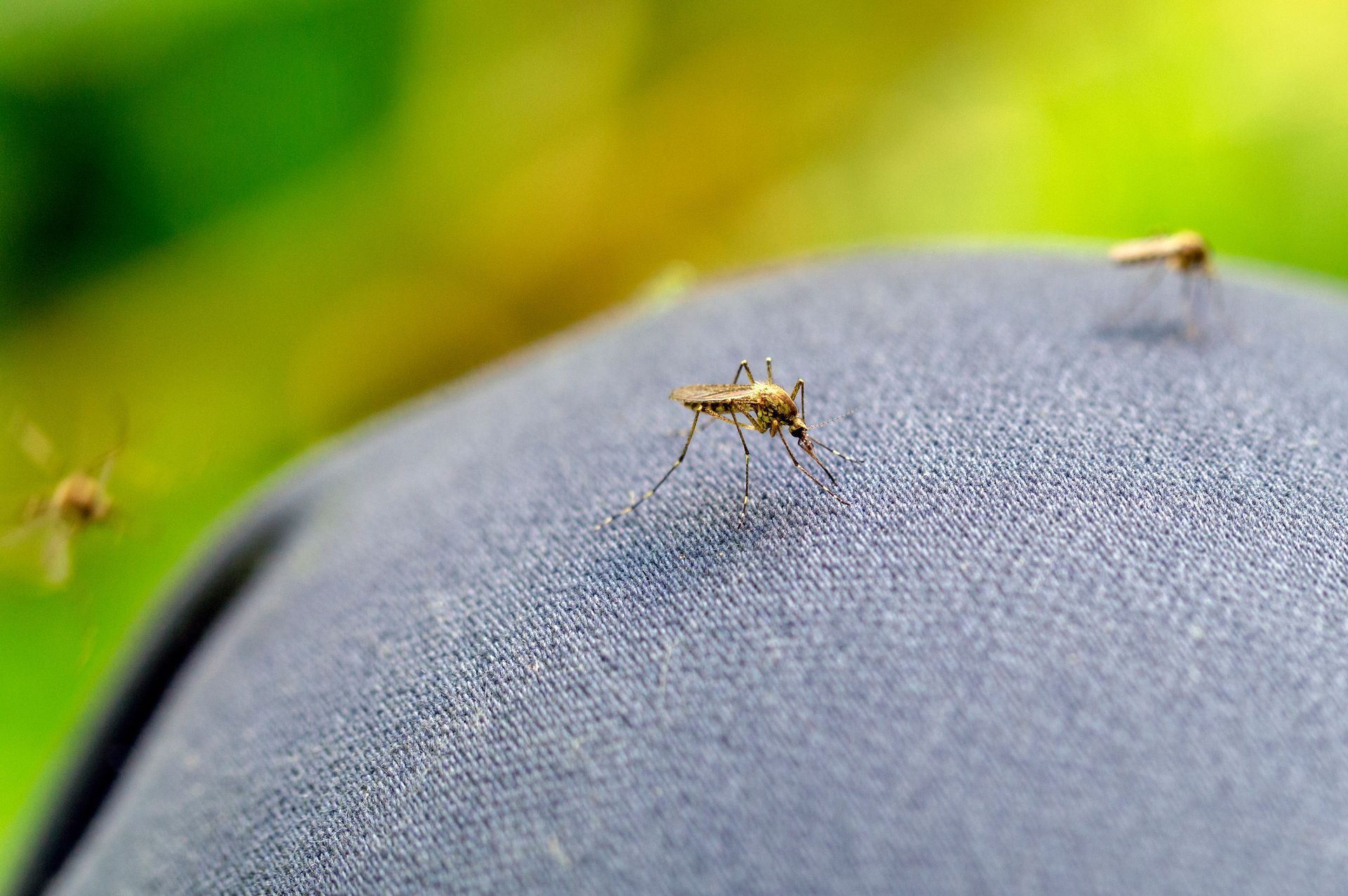How to Bug Proof Your Home or Apartment

Bug proofing your home or apartment is important if you want to avoid damages, inconvenience, and discomfort. The problems that develop with bug infestations can be as simple as being disgusted by their presence or as serious as a health threat or property damage. Some bugs are excellent at causing wood damages while others are serious vectors for dangerous illnesses, so it helps to try and bug proof your home to prevent these insects from accessing your home in the first place. Bug proofing requires a combination of strategies designed to remove attractants, seal access points, and implement preventative measures. Without a thorough bug proofing plan, pest management efforts may not be as effective.
Benefits of Pest Proofing Your Home
There are several benefits to bug proofing a home or apartment if it is implemented correctly.
- Pest prevention reduces long term pest management and extermination costs.
- Pest exclusion often seals up gaps, cracks, and crevices that allow cool / hot air to escape which improve energy efficiencies.
- Pest moisture reduction often identifies leaks and areas of moisture that need to be fixed which also reduces the likelihood of mold growth.
- Pest proofing also keeps an area tidy and cleaned up as well as yards looking well maintained.
Bug Proofing Inside Your Home Best Practice Checklist
The list of things to do to bug proofing the interior of a home or apartment can be long, so the indoor bug proofing checklist below should help keep things organized and easy to follow:
Door Seals
Several pests only need the width of a coin to crawl through so all doors must be inspected to determine if there is a gap below, besides, or above the door that could allow pests to gain entry. This is incredibly important for double doors that lack a central vertical support that creates the seal for the connecting point between the doors. For doors that have a large gap underneath, a door sweep should be installed to prevent pests like cockroaches and rodents. If there are gaps on the sides or above a doorway, weather stripping can be installed to prevent bugs from accessing the inside. Even the door frame can have cracks and crevices that allow bugs in. These entry points should be sealed with caulking to block pest access.
Install Self Closing Doors
No matter how well you seal the gaps around a door, pests will still find a way inside if the door is left open. To help prevent this, homeowners should consider installing self-closing door hinges to ensure that doors that are left open will close on their own. This hydraulic device is easy to find and install and will prevent bugs from entering and will also help reduce energy costs. Another backup option to this is to install hanging mesh screen doors that use magnets to come together to prevent bugs from entering a home when a door is left open.
Install or Repair Screens
Many homeowners use the natural breeze as a way to keep electricity costs down. In the event that windows are opened, they should all have screens installed to keep bugs out. Even if windows and doors are screened, a tear or rip in the material can still provide flying insects access into a home. Be sure to inspect all windows and sliding door exists to ensure that screens are in good condition. If there are damaged screens, replacing them is usually an easy task that doesn’t require much experience and only requires basic tools. Using a 20-mesh screen of finer is recommended to prevent most common household insects.
Close Gaps Around Pipes and Cables
Every home or apartment has pipes and cables leading inside through holes that are rarely properly sealed from the outside. These utilities lines are providing pests and rodents with access points that they are using to enter your home. Bug proofing requires that these holes are sealed properly to prevent pest infestations. Be sure to check any where that piping or cables pass through walls to see if any gaps exist. The most common areas to find pipe gaps are in bathrooms, kitchens, laundry rooms, and garages. Also be sure to check the exterior of the home to see where the primary water source, main power cables, and internet cables are entering the home. If any of these pipe or cable holes are not sealed, they should be sealed using a waterproof sealant. If a large gap is discovered, then expanding foam may be the best solution.
Fill Cracks
Like the gaps around utility lines, simple cracks in or around the home can also allow pests to pass through. Cracks in foundations, support beams, framing, or any other aspect of the home build can be used by pests to gain access into a home. These cracks, crevices, and gaps should also be filled and sealed to prevent future pest problems from arising.
Fix Leaks and Other Causes for Excess Moisture
One of the key things that all pests need to survive is a source of water. Bugs and rodents don’t need a lot of water so just the smallest leak or pool of water is enough to sustain a growing infestation. Even condensation buildup can be enough to sustain large populations of certain bugs. If a home or apartment has problems with leaks, improper drainage, or anything else that might lead to water buildup, then it is only a matter of time before bugs become another problem that the inhabitant must deal with. In order to bug proof your home, homeowners will have to:
- Fix leaky pipes, faucets, and fixtures to eliminate a source of available water
- Inspect and clean gutters and drains to ensure that standing water is eliminated
- Fix or remove any other areas or objects that retain standing water
- Use dehumidifiers or fans to reduce humid air that can lead to condensation buildup
Keep Home Clean
Keeping a home or apartment clean usually helps remove all 3 things that insects and rodents need to survive. By removing food, water, and shelter, deep cleaning can eliminate all the things that attracts bugs. Homeowners and inhabitants can:
- Sweep, vacuum, & mop the floors to get rid of any food crumbs, debris, or food residue that bugs like ants, cockroaches, and crickets can feed on. If an infestation is found, this is even more important because vacuuming can remove the eggs of certain pests like fleas from the carpet.
- Take out trash to remove any remnants of food or drinks that can attract scavenger bugs like ants and cockroaches that are looking for a good meal. It is recommended that trash is regularly disposed of and placed outside in covered trash receptacles that are kept away from the home.
- Wash dirty dishes to ensure that there is not enough food found in the sink to attract bugs like drain flies and ants. It is also helpful to run the garbage disposal regularly to ensure there isn’t food buildup below the sink.
- Remove clutter and keep areas tidy and organized. This strategy helps eliminate shelter for pest populations looking for a safe place to hide. Keeping areas inside of a home well maintained and free of clutter, can eliminate potential hiding spots for spiders and cockroaches.
Store Food Properly
The biggest attractant for bugs and rodents is a readily available source or consistent food. Keeping perishable food out and not properly sealed can lead to increased bugs and contamination. Be sure to:
- Use hard plastic or glass containers to keep dried goods like cereals, oats, grains, pastas, flours, etc. Most bugs will be deterred by hard plastic, but rodents will be able to chew through it. If rodents are a problem, glass is the recommended storage container for anything that needs to be kept out.
- Keep produce stored in the refrigerator and not out on the counters. Keeping fruit and vegetables out on counters will reduce their shelf life as well as expose them to critters like ants, rodents, and fruit flies. Keep produce stored safely in environmentally controlled spaces that will help them stay fresh longer.
Clean Cupboards & Drawers
Cupboards and drawers will often times develop messes that are often overlooked with regular cleanings. Be sure to inspect cupboards and drawers in the kitchen for spills or messes that might attract bugs. Keeping these spaces clean will reduce the likelihood of future infestations.
Clean Up After Pets
Having pets can be a wonderful thing but they require food, water, and shelter which also happen to be the same things that all pests need to thrive. Having pets can introduce a stable source of pet food and water which get left out regularly for pests to take advantage of. It is important to ensure that pets are cleaned up after and that their food is stored in a way that doesn’t attract bugs and rodents. It is also important to note that pets can introduce certain blood sucking insects as well. Cats and dogs are carriers for fleas and ticks so keeping pets cleaned and maintained properly can help reduce the likelihood of unwanted bloodsuckers.
Bug Proofing Outside Your Home Best Practice Checklist
The list of things to do to bug proof the exterior of a home or apartment can be long, so the outdoor bug proofing checklist below should help keep things organized and easy to follow:
Mow Lawn
There are dozens of pests, like fleas, ticks, and mosquitoes that like to hide in tall grasses because it protects them from being exposed to direct sunlight. By keeping a lawn, cut short, homeowners can minimize the space in which these pests are able to hide. Keeping laws cut short will also help expose areas that are suffering from damages caused by burrowing rodents and grubs.
Maintain Your Yard
Maintaining your yard requires more than just mowing the lawn. There are several other key tasks that homeowners must prioritize to ensure pests are kept at bay. Keeping tree limbs trimmed will remove dense foliage that will allow more sunlight to penetrate below the canopy. This will help remove hiding places for bugs that avoid the sun as well as expose them to predators above. Tree trimming will also help remove any dead wood that might attract termites. Keeping bushes and shrubs trimmed will thin out the foliage and remove coverage for ground pests that rely on the bushes for protection from predators and the sun.
Keep Yard Clean and Free of Debris
Removing any debris like leaves, grass clippings, branches, or weeds will also help reduce and control pest populations by eliminating hiding places that harbor pests. These places usually offer a place for pests to escape from the direct heat of the sun as well as any predators that may have eyes in the sky. Keeping a yard free of unnecessary debris will expose covered areas up ensure that bugs and rodents are not provided with a place to nest. Another important thing to remember is to keep pet droppings cleaned up as well. Dog waste is an attractant for bugs like flies and beetles which can be prevented if dog poop is cleaned up and discarded.
Eliminate Standing Water
Standing water provides all pests with a source of drinking water but is especially problematic because it gives mosquitoes a place to lay their eggs. Mosquitoes only need a bottle cap’s worth of water to lay hundreds of eggs. Given enough standing water, mosquito populations can get out of hand in an extremely short period of time. Be sure to eliminate any unnecessary standing water that might be found in bird baths, around clogged drains or gutters, and fountains.
Install Vent Covers
Vents also provide pests with an access point into a home. It is important that mesh screening or vent covers designed to keep pests out are used to cover the vent hole. Implementing either of those options will create a permeable barrier that still lets air out while keeping bugs and rodents out. It is important to use wire mesh as rodents are capable of chewing through many materials including soft metals, hard plastics, and just about everything in between. Similarly, a vent cover should also be used for larger openings like a chimney vent.
Store Trash Properly
Exterior trash cans are the holy grail for all pest types as they contain a rich combination of decaying food and other resources. Ensuring that trash cans be properly sealed is critical to effectively bug proofing a home or apartment. Exterior trash should be contained inside sealed trach receptacles that prevent rodents, wildlife, and other bugs from gaining access. In addition to keeping trashed sealed, it is also important to keep it away from the exterior wall of a home.
Keep Foundations Clear
Inspecting foundations for pest activity is something that should be done regularly. In addition to sealing foundation cracks, checking for mud tubes will help prevent subterranean termite infestations. Subterranean termites come from underground and use thin tubes of mud to gain access to the wooden structures below a home or apartment building. Noticing mud tubes before they reach a home is a great way to stop termite damage before it starts otherwise, they are a clear indicator that treatment is required.
Encourage Natural Predators
Bats, birds, and other predators can be introduced or encourages to help combat bug populations. These species of predators can be recruited by introducing bird feeders and bat boxes. However, it is important that steps are taken to ensure that these predators do not become pests themselves. By implementing bird and bat exclusion tactics, homeowners can ensure that these predators are part of the solution and not part of the problem.
Apply a Pest Control Spray Application to Create a Barrier to Prevent Pests
In addition to all of the other bug proofing, the final step requires a preventative pesticide application. By applying residual pesticide sprays to the outside of a home, homeowners can create an effective barrier that infects insects and causes them to die after contact. This ensures that any insects or bugs that cross that barrier will die before they are able to cause an infestation. This should be applied semi regularly to ensure that the barrier remains effective over time.
Contact EcoGuard for Extra Help If Bugs Keep Bothering You
If bug proofing is still not effective and pests are becoming a problem, it may be time to enlist the help of a qualified pest control team to help get rid of bugs. The experts at EcoGuard Pest Management can provide a free pest inspection to identify problematic areas to determine the correct course of action to treat your pest problem. We utilize an integrated pest management approach designed to leverage the benefit of several treatment options to ensure that our strategies are effective. Call today to schedule an appointment.
Bug Proof Your Home FAQs
-
What can I put around my house to keep bugs out?
An exterior perimeter application of residual pesticides can be applied around a home to keep bugs out. This residual pesticide stays active after application and infects insects and bugs as they come into contact with the pesticide. After a short period, the infected bug will react to the pesticide and die.
-
How do you scare away bugs?
Not all bugs can be scared away but many can be deterred. Bugs are always constantly searching for 3 things: food, water, and shelter. If any of these can be removed from an area, it is much less likely that bugs will find the resources they need to survive.
-
What are some natural ways to prevent bugs?
- Install plant types that discourage bugs.
- Create an environment that encourages natural predators like birds.
- Eliminate harborage areas
- Remove food sources
Request A Free Estimate
We will get back to you as soon as possible
Please try again later
Immediate Service Available
Services
Customer Care
Legal
Working hours
- Mon - Sun
- -
All Rights Reserved | EcoGuard Pest Management | All Phone Calls Recorded | By Using Website You Agree To Terms Of Use



